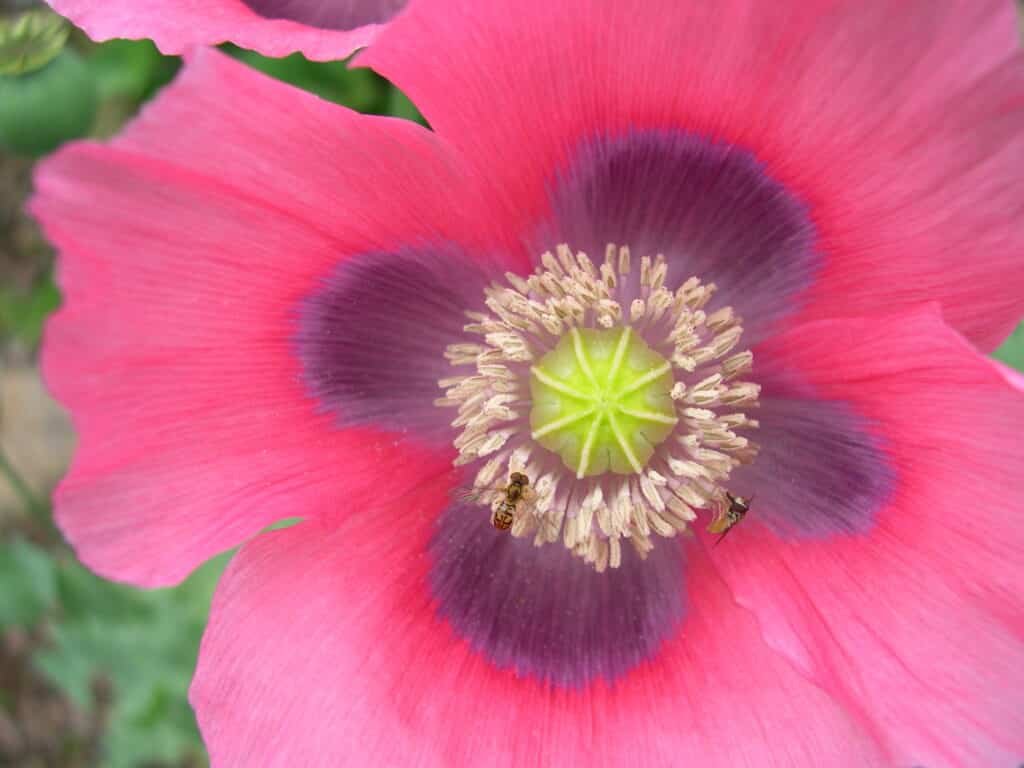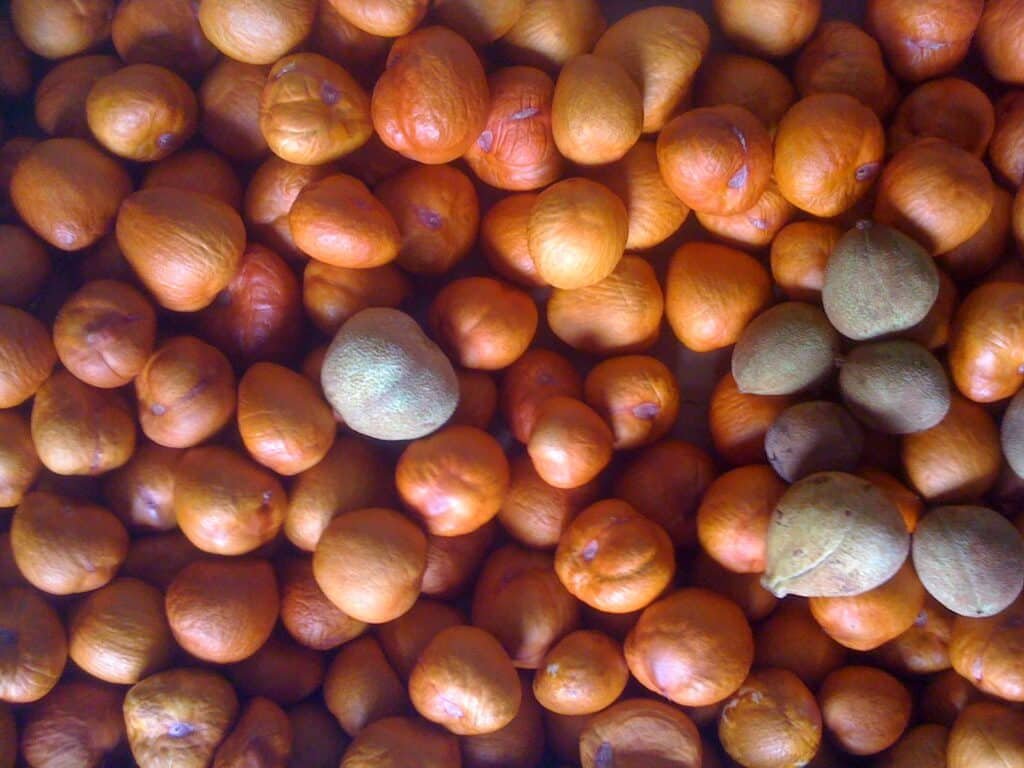By rough approximation, I think I’ve probably germinated a few billion seeds over my nearly 62 years of gardening exploits. But my seedling production adventures didn’t start off very well.
Growing up in suburban New York City, our house was surrounded by woods of primarily American beech (Fagus grandifolia) and white oak (Quercus alba). And one year it occurred to me that I could actually grow trees . . . from seed . . . that I might have collected my very self. It was a bit of a lightning bolt that put lots of planning in motion.
So that fall I ran out into the woods, collected a New York Mets baseball cap full of white oak acorns and dutifully planted them in the sand of my father’s horseshoe pits. No weeds. No digging. “I’ll just go out in the spring and harvest the seedlings that I’ll then sell to neighbors and buy a new bike.” All seemed the perfect plan.
Of course, within about the time it took to polish off a small box of Cracker Jack, the local squirrel mafia had absconded with all the acorns. I went off for a ride on my old bike to make another plan . . .
Since then, seeds have been magic to me – those tiny little vessels that, with just a little work (and a plan to thwart the squirrels) one could grow into a majestic tree.
Whether you want to grow a few zinnias in a pot, a few tomatoes from your own seed or even a couple dozen oaks, this is the time to be thinking about collecting seed for next year’s crop. And to get you headed in the right direction, following are a few steps and considerations that may save you some time and frustration:
1- What to collect
Well . . . the easy answer is . . . just about anything. Other than ferns and a few of their allies, most of the plants that grow around us are what we call seed plants – they reproduce by seed. Trees, shrubs, annuals and herbs – most things growing in the garden, woods and fields can be produced by seed. But there are a few exceptions.
Some plants are what we call dioecious – they produce male and female flowers on different individual plants. So it isn’t surprising that on, say, a male American holly (Ilex opaca), you won’t ever find any fruit/seed. You’ll only find that on the females, and only if their flowers were successfully pollinated.
Monecious plants (those with male and female parts on the same plant) typically produce seed but some are self- sterile, so despite having both essential parts, they won’t produce seed unless there is another specimen of the same species hanging about nearby.
Finally, there are other plants that won’t produce seed because they are hybrids of two or more related species. Not all hybrids are sterile, but for instance some (but not all) of the modern hybrid coneflowers (Echinacea) produce beautiful flowers but no viable seed.
2- When to collect
Plant physiologists often recommend the best way to determine when seeds are ready to be harvested is to follow their weight. When they stop gaining weight, they are typically mature. Not particularly practical for the home gardener.
I recommend watching the plant for Mother Nature’s cues. When the fruit starts to change color – green to red or green to yellow, or green to whatever the “ripe” color is, that’s a good place to start. It’s also worth watching the birds and other animals that typically eat the seed of that plant species. Most animals instinctively know that in most plants, mature fruits/seeds offer the best nutrition. Ever see birds eat your cherries when the fruit is green?
3- What next?
Plants with small, dry seeds with no fleshy covering, can often be collected with little to no fanfare or specialized treatment. Break open a mature poppy seed pod and the dry seeds just pour out into your hand. But then there are some that need a little extra work. Magnolias, for instance, have a chemical germination inhibitor in the fleshy covering and unless that covering is removed, the seeds will never germinate. In general, it’s best to get your seed as clean as possible before you either sow or store it.

4- To store or sow?
Once harvested, you need to decide how to handle your seeds until it’s time to plant. Most of your common annual plants – zinnias, tomatoes, marigolds – produce small seeds that are easy to harvest and clean. After cleaning, set them out on a paper towel to dry for a day and then drop them into labeled envelopes until it’s time to sow next spring’s crop. (And for Heaven’s sake, put them somewhere you’ll remember!)
For big, fleshy seeds like acorns and buckeyes, you have to keep them from drying out. Best to immediately sow these, right after harvest, into pots or protected (from rodents, etc.) outdoor beds where the moist winter soil will keep the seeds happy until spring.

Many trees, shrubs and herbaceous perennials native to temperate regions of the globe often have an internal dormancy that typically requires a slightly moist and cold treatment for about 90 days before germination. A handful of seeds in a hunk of barely moist sphagnum moss, placed in a zipper sandwich bag and thrown in the refrigerator for 90 days is sufficient for most of these plants. Of course planting them outside in fall gives them both the moisture and low temperatures they’ll need for spring germination – as long as you can keep the varmints from eating them before they germinate.
Above all, seeds are cheap and easy entertainment. Collect a ton . . . sow ‘em all. No luck . . . not much lost . . . and a little knowledge gained along the way. It’s what we call . . . gardening!
This article was originally submitted to the Courier Journal on September 27, 2023.
